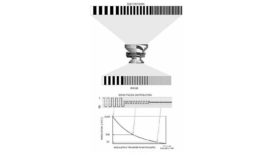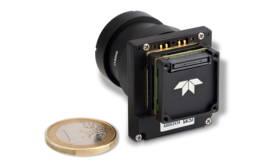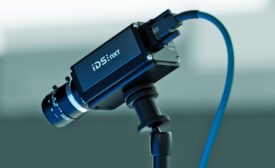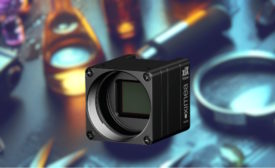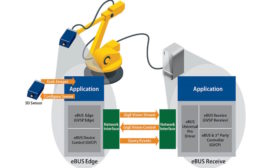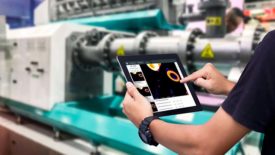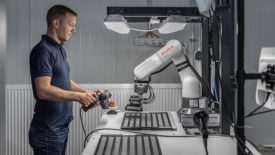Home » Keywords: » machine vision
Items Tagged with 'machine vision'
ARTICLES
Vision & Sensors | Machine Vision 101
There are 10+ considerations. Understand each and how they impact application performance.
Read More
New Product
Teledyne MicroCalibir Long Wave Infrared Compact Thermal Camera Core
April 24, 2024
Vision & Sensors | Vision
Integrated, Centrally-Managed Machine Vision for Built-In Quality
If we can bridge the confidence gap between underperforming legacy vision systems and manufacturers’ needs today, the rate of adoption is sure to grow exponentially.
April 2, 2024
Systems Integration
Systems integration for machine vision solutions – Driving application success with current and future technologies
In the rapidly changing and expanding landscape of imaging hardware components and software solutions, the job of systems integration is as important as ever.
April 1, 2024
Quality in Automation | Robotics
Advanced Automation Delivers the Ultimate in Quality Control
When considering the type of robot for automating inspection tasks, cobots are often the initial go-to solution.
March 29, 2024
EVENTS
Industry Featured Event
5/1/24 to 5/2/24
Music City Center
201 Rep. John Lewis Way S
Nashville, TN
United States
The Quality Show South
Get our new eMagazine delivered to your inbox every month.
Stay in the know with Quality’s comprehensive coverage of the manufacturing and metrology industries.
SIGN UP TODAY!Copyright ©2024. All Rights Reserved BNP Media.
Design, CMS, Hosting & Web Development :: ePublishing
